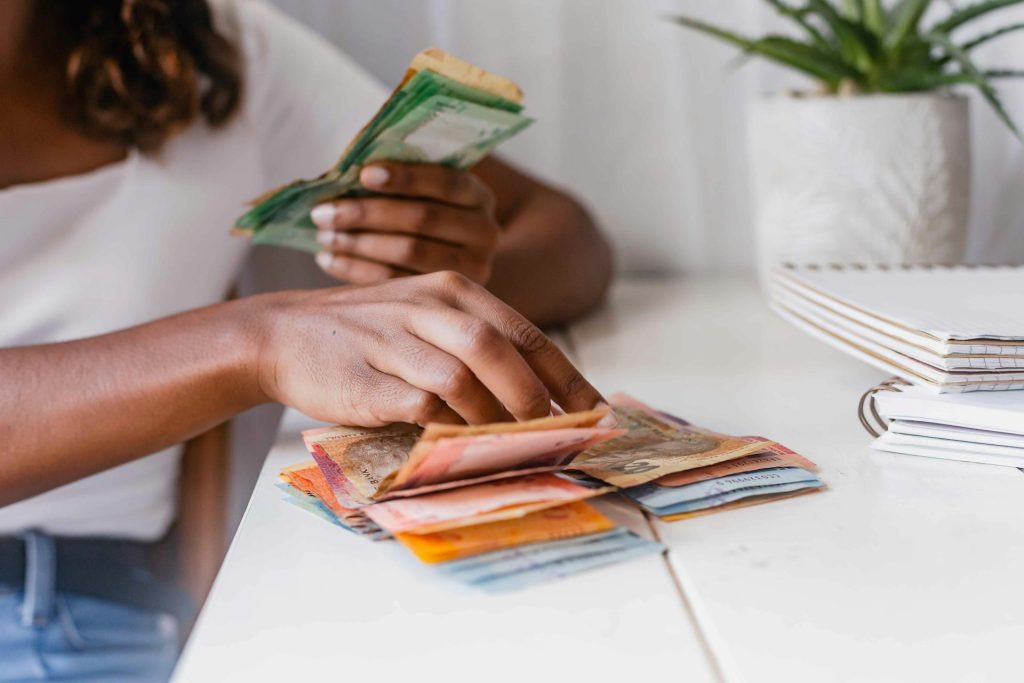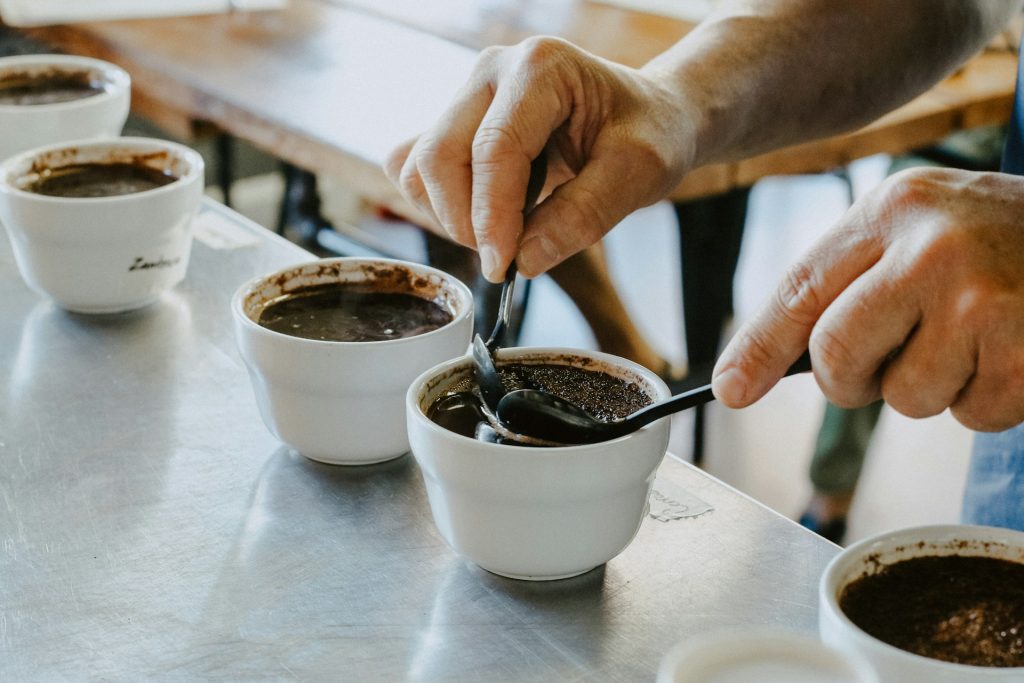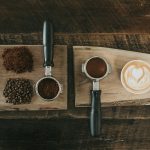Table of Contents
A couple of years ago, I sat down with my bank statements and a strong cup of coffee – oh, the irony – to track my coffee spending. The numbers hit me harder than a double espresso on an empty stomach. That convenient coffee shop around the corner? It wasn’t just eating into my budget; it was devouring it whole.
The Shocking Reality of Your Daily Fix

You might want to sit down for this. That daily $5 latte isn’t just $5 – it’s $1,825 a year. And let’s be honest, who stops at just one coffee? Add your afternoon pick-me-up, those weekend treats, and the occasional pastry, and you’re looking at $3,000-4,000 annually. That’s a vacation to Italy, where you could be drinking authentic espresso in a Roman piazza.
Breaking Down the Caffeine Cash Drain
Here’s what the average coffee lover spends:
- Morning latte: $5.25
- Afternoon pick-me-up: $4.75
- Weekend “fancy” drink: $6.50
- Monthly subscription boxes: $30
- Impulse pastry purchases: $4.25 each
The Hidden Costs Nobody Talks About
But wait, there’s more. Those coffee runs come with sneaky expenses:
- Extra gas for coffee shop detours
- Parking fees in busy areas
- Time spent waiting in lines
- Those “limited edition” seasonal drinks you can’t resist
- The inevitable merchandise purchases (does anyone really need five coffee shop tumblers?)
Smart Swaps That Save Big
Here’s where it gets interesting. You don’t have to give up good coffee to save money. I’ve discovered some genius alternatives that keep both your wallet and taste buds happy:
Instead of: $5.25 coffee shop latte Try: $0.75 home-brewed specialty coffee Yearly Savings: $1,642.50
Instead of: $30 monthly subscription boxes Try: Buying beans in bulk from local roasters Yearly Savings: $200
The Home Brewing Game-Changer

I know what you’re thinking – “But Audrey, home-brewed coffee isn’t the same!” But here’s the truth: with some basic equipment and a few insider tricks, your homebrew can actually taste better than coffee shop coffee. Here’s what you need:
Essential Equipment:
- Quality burr grinder: $100-150
- French press or pour-over setup: $30-40
- Electric kettle: $25-35
- Fresh beans: $15-20/pound
Total Investment: Around $200
Secret Tips for Café-Quality Coffee at Home
After years of trial and error, I’ve cracked the code for amazing home coffee:
- Buy whole beans and grind just before brewing
- Use filtered water at 200°F (just below boiling)
- Measure your coffee with a scale
- Clean your equipment after every use
- Store beans in an airtight container away from sunlight
The Weekend Splurge Strategy
Here’s my favorite money-saving hack: I make coffee at home during the week but treat myself to fancy coffee shop drinks on weekends. This simple switch saves me over $100 monthly while still letting me enjoy the coffee shop experience. Plus, it makes those weekend coffees feel special again.
The Psychology Behind Coffee Spending

Understanding why we spend so much on coffee is half the battle. Often, it’s not about the coffee itself but what it represents – comfort, status, routine, or social connection. By identifying your coffee triggers, you can find alternative ways to meet these needs without draining your bank account.
For me, my daily coffee shop visits were about the ritual and the brief social interactions. Once I recognized this, I created my own morning ritual at home and found other ways to connect with people throughout the day.
Breaking Bad Coffee Habits
We all have them – those coffee habits that drain our bank accounts. The tricky part isn’t identifying these habits; it’s understanding why we fall into them and how to break free. Here’s a deep dive into each costly habit and how to overcome it:
- Avoid the “I Deserve This” Trap: We’ve all been there – rough morning, tough meeting, or just feeling down. That $7 caramel macchiato feels like a reward. But this mindset turns coffee into emotional spending rather than enjoyment. Instead, create a “treat fund” for genuine special occasions. When you do splurge, it’ll feel more meaningful and your bank account won’t suffer from daily “deserved” treats.
- Stop Buying Coffee Shop Merchandise: Those branded tumblers, mugs, and limited edition cups are marketing genius – and budget killers. Sure, they’re cute, but do you really need another $30 tumbler? That’s equivalent to a week’s worth of quality coffee beans. If you must collect, limit yourself to one special piece per season, or better yet, invest in one high-quality, non-branded piece that’ll last years.
- Skip the Impulse Pastry Purchases: The display case is strategically placed to tempt you while you wait for your coffee. That $4.50 muffin seems harmless, but multiply that by a few times a week, and you’re looking at $70+ monthly just on impulse snacks. Solution? Eat breakfast before your coffee run or keep healthy snacks at your desk. Your wallet and waistline will thank you.
- Bring Your Own Coffee for the Commute: Those sleepy morning drives are prime time for coffee shop stops. By preparing your coffee and filling a thermos before leaving home, you’re not just saving money ($100+ monthly for many commuters) – you’re also saving time. No more detours or drive-through lines making you late for work.
- Plan Specialty Coffee Drinks Around Social Occasions: Coffee shops have become our default meeting spots, leading to unnecessary purchases just for the sake of socializing. Instead, make specialty coffee purchases intentional. Save them for catching up with old friends, business meetings, or special dates. For regular social gatherings, suggest coffee at home or alternative free/cheaper activities.
- Breaking these habits takes time and mindfulness. I’ve found it helpful to track both the money and time spent on each coffee-related purchase. Sometimes seeing the numbers in black and white is all the motivation you need to change.
The Environmental Bonus
By cutting down on coffee shop visits, you’re not just saving money. Think about the environmental impact:
- Fewer disposable cups
- Less driving for coffee runs
- Reduced packaging waste
- Compostable coffee grounds for your garden
- Lower carbon footprint
Your New Coffee Future

Look, I’m not saying you should never buy coffee shop coffee again. But being smart about when and how you spend your coffee money can transform your finances. Small changes add up to big savings – we’re talking thousands of dollars annually. That’s enough for a real Italian coffee tour, a new wardrobe, or a significant boost to your savings account.
Ready to start saving? Remember: great coffee doesn’t have to cost a fortune. With some basic equipment and insider knowledge, you can create café-quality drinks at home while saving enough money for what really matters.

I’m Audrey, a dedicated mother of teenagers with an insatiable love for coffee. On BeanBrewLove.com, I intertwine my need for caffeine with reflections on life. Whether expressing a nostalgic sentiment or injecting a hint of sarcasm, my blog is a reservoir of coffee culture, brewing techniques, and global coffee reviews.




